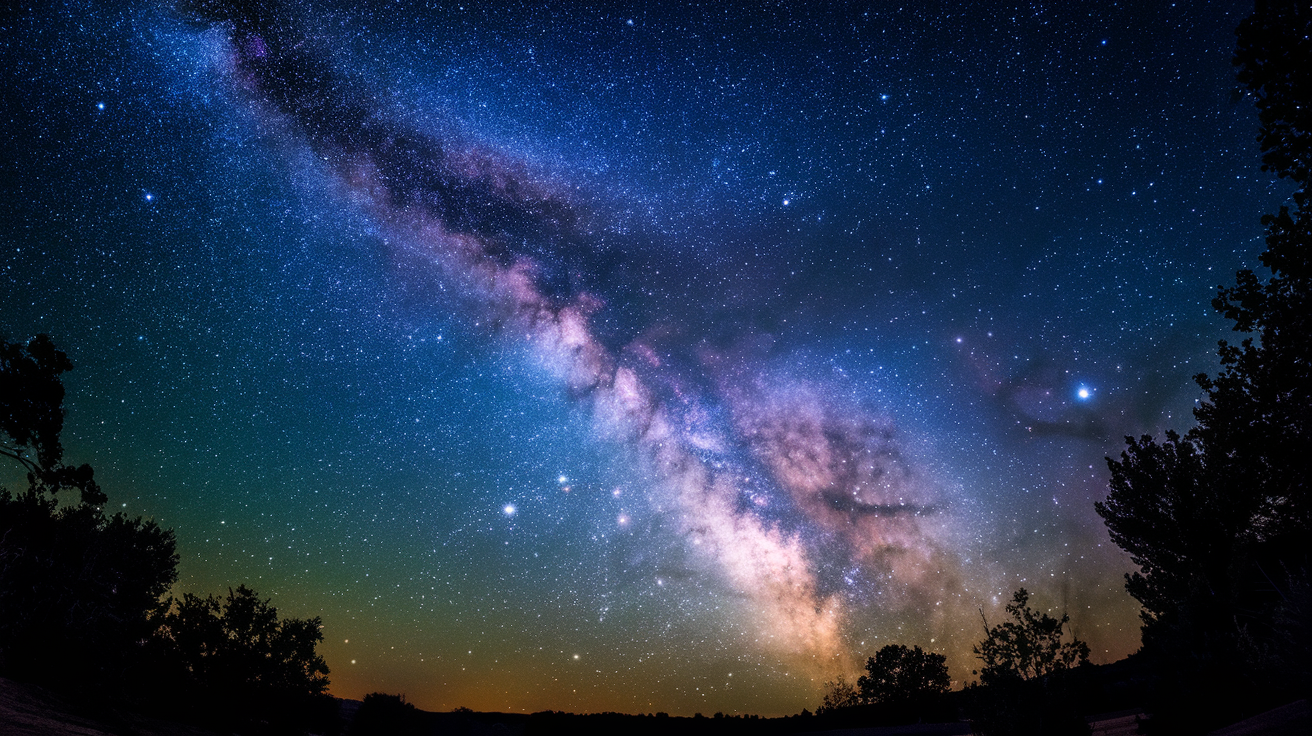Stargazing has piqued human curiosity in the cosmos and our place in it for generations. Thanks to modern technology, we now have the opportunity to explore space in once unimaginable ways. One such marvel is the ZY20042 enhanced Milky Way starfield, a breathtakingly detailed image of our galaxy that brings the beauty of the cosmos closer than ever before. This article closely examines what the ZY20042 enhanced Milky Way starfield offers, why it’s important, and how it inspires wonder among scientists and space enthusiasts alike.
What is the ZY20042 Enhanced Milky Way Starfield?
The ZY20042 enhanced Milky Way starfield is a digitally improved image of the Milky Way galaxy. It offers a sharper, clearer view of the stars, nebulae, and cosmic dust clouds that fill the night sky. This image shows our galaxy in unprecedented detail, highlighting elements that are usually too dim or distant to observe with the naked eye.
Thanks to advanced processing techniques, the ZY20042 enhanced Milky Way starfield reveals features that ordinary stargazers might miss, making it a visual masterpiece that enhances our appreciation of the universe. This improved version reveals hidden aspects of the Milky Way, helping amateur and professional astronomers explore the stars with newfound clarity.
Read more: Sonim Update via ADB and Fastboot
The Importance of the Enhanced Milky Way Starfield ZY20042
More than just a beautiful image, the ZY20042 enhanced Milky Way starfield is crucial for scientific research. By improving the clarity and resolution of the galaxy’s features, this enhanced starfield enables astronomers to study the structure of the Milky Way in greater depth.
For example, the image can help scientists observe how stars are distributed across the galaxy and how different regions interact. This deeper understanding is crucial for learning more about the formation and evolution of galaxies like our own. The ZY20042 enhanced Milky Way starfield isn’t just for scientists, though—it’s also an educational tool that inspires curiosity about the night sky among space enthusiasts of all ages.
The Formation of the ZY20042 Enhanced Milky Way Starfield
Creating the ZY20042 enhanced Milky Way starfield involves sophisticated technology that reveals hidden galaxy details. Powerful telescopes located on Earth and in space capture images of the Milky Way across different wavelengths of light—visible, infrared, and ultraviolet. These images are then processed using advanced software that enhances the resolution and eliminates interference from Earth’s atmosphere, making the picture clearer and sharper.
The end product is a composite image that displays the galaxy in remarkable detail, highlighting nebulae, stars, and dust clouds that are typically hard to detect. The ZY20042 enhanced Milky Way starfield allows us to gaze deeper into space, revealing our galaxy’s complexity and beauty.
Uncovering Hidden Features of the Milky Way
One of the most exciting aspects of the ZY20042 enhanced Milky Way starfield is how it reveals new features in the galaxy. Stars that were once too faint to detect now appear brightly in the image. Nebulae, those beautiful, cloud-like regions of gas and dust, become clearer, helping astronomers study their structure and how they form new stars.
The ZY20042 enhanced Milky Way starfield also uncovers previously unknown star clusters and other fascinating celestial objects. This newfound visibility helps astronomers better understand the lifecycle of stars and the overall makeup of the Milky Way. Each discovery adds to our knowledge of the galaxy, making the ZY20042 enhanced Milky Way starfield a valuable resource for scientific exploration.
Why the ZY20042 Enhanced Milky Way Starfield is Popular
The release of the ZY20042 enhanced Milky Way starfield captured the imagination of scientists and the general public. Its stunning visuals make it popular in documentaries, educational programs, and planetarium exhibits. For many, this image is more than just a pretty picture—it serves as a reminder of how vast and mysterious the universe truly is.
For amateur stargazers, the ZY20042 enhanced Milky Way starfield offers a new way to connect with the night sky. It makes space feel closer and more understandable while keeping its sense of wonder intact. Whether you’re an aspiring astronomer or someone who loves looking up at the stars, the ZY20042 enhanced Milky Way starfield invites you to explore the cosmos like never before.
The Role of Technology in Astronomy’s Future
The ZY20042 enhanced Milky Way starfield represents just one of the many advancements in modern astronomy. With newer telescopes and more sophisticated imaging techniques, the future holds even more exciting possibilities for exploring space. As technology improves, we can expect more detailed images of galaxies, stars, and other celestial phenomena.
The ZY20042 enhanced Milky Way starfield is a glimpse of what’s to come—a future where the mysteries of the universe are unlocked, one image at a time. We get a deeper understanding of the universe and our role in it with every discovery.
Conclusion
The ZY20042 enhanced Milky Way starfield is a remarkable achievement in astronomy. It offers a vivid and detailed look at our galaxy. It brings the Milky Way to life in scientifically valuable and visually stunning ways, inspiring people everywhere to look at the stars with wonder and curiosity.
As technology continues to push the boundaries of what we can see and understand, the ZY20042 enhanced Milky Way starfield reminds us how far we’ve come—and how much more there is still to discover. Whether you’re a space enthusiast, a scientist, or someone who loves to game stars, the ZY20042 enhanced Milky Way starfield invites you to explore the uninvited wonders.
